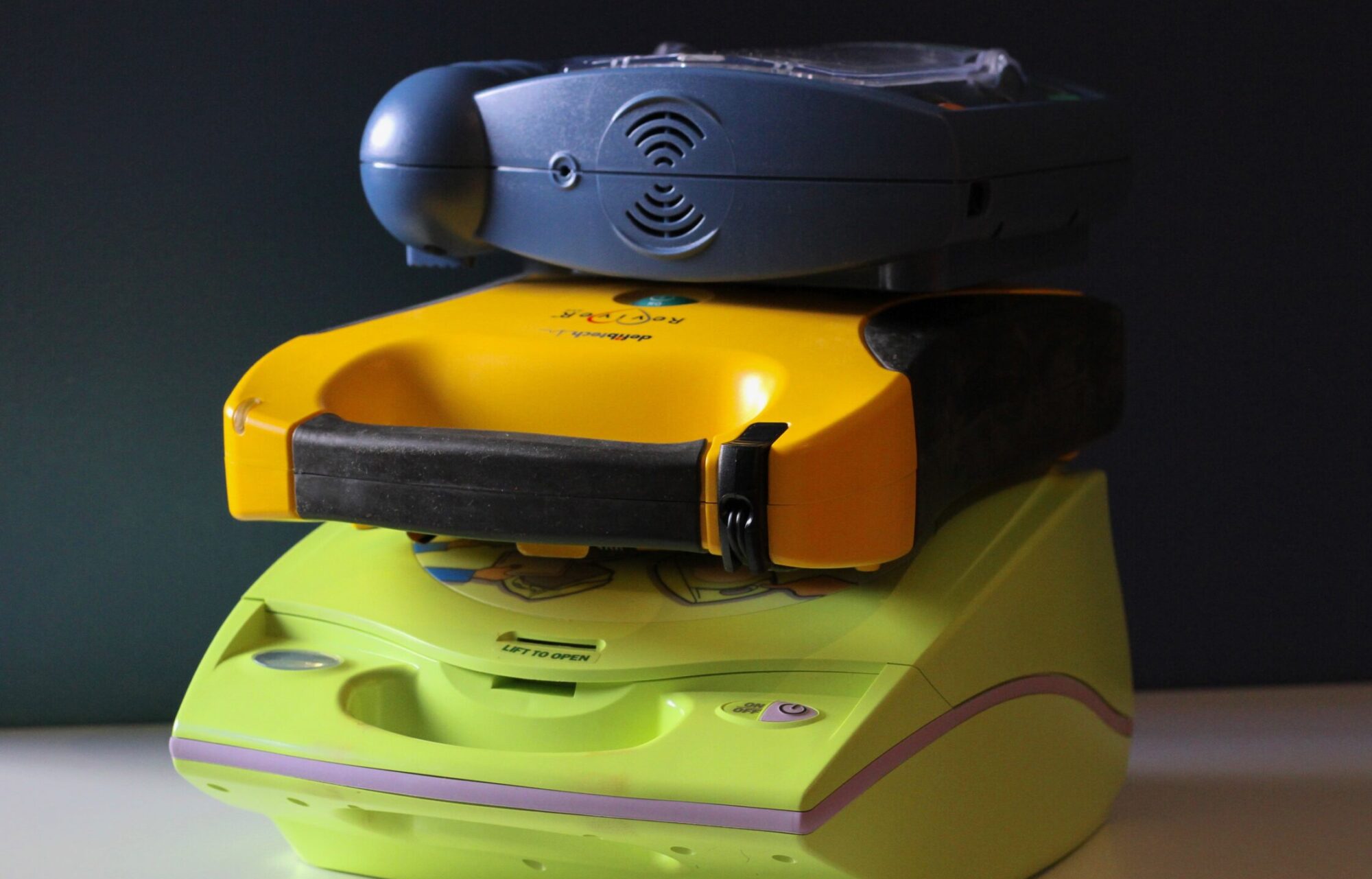As an AED industry, we often cite the lack of enough portable defibrillators to make a meaningful impact on survival rates from sudden cardiac arrest. Some claim that “by just adding more units, we’ll save so many more lives!”
Increasingly, I’m not convinced that’s the whole story.
While estimates vary wildly, most experts agree that there are about 3.5 to 4 million AED units in the United States. Each year, the industry adds at least another 200,000 new units to the country’s pool of life-saving devices.
If adding more AEDs alone will save more lives, survival rates should proportionally increase with each new unit deployed. Or, even if they don’t “proportionally increase,” they should go up, even a little bit, right?
So, what do the data say?
Survival rates have been flat for decades.
We know defibrillation works. And, we know that the time to defibrillation is the most vital input into the life-saving equation. So why isn’t deploying hundreds of thousands of new AEDs each year moving the needle on rates of survival in the United States?
There are several reasons.
The vast majority of AED sales are made to businesses and government agencies, a diverse market including everything from small businesses, like fitness clubs, to Fortune 50 retailers. Deploying AEDs in these markets is great, and there are a lot of reported saves in these environments each year. Cardiac arrest takes the lives of 10,000 people in the workplace each year.
Assuming a 5-minute response window should yield a 50% probability of surviving cardiac arrest.
If all of these people received defibrillation within 5 minutes, we’d save 5000 more people each year. 5,000 people is a huge number! That’s equivalent to saving every single person who died of a fire last year. That’s 5,000 sets of friends and families.
But, given the magnitude of how many people die of cardiac arrest, saving 5,000 additional people would improve our national survival rates by 1.4%.
Again, if applied an AED to 100% of people who die of SCA in the workplace, we’d increase our national average from about 10% to just over 11%.
Thus, the vast majority of AED sales are going to the wrong place.
AEDs are also sold to nursing homes and those responsible for “public places,” where 11% and 18% of cardiac arrests occur, respectively. AED sales to these locations are backed by strong data and the impact these sales make is meaningful. We can use more AEDs in these types of locations.
Where do the rest of sudden cardiac deaths occur? The vast majority, 70%, of those who die?
The home.
Until AED units are sold into the home, the United States isn’t going to see a measurable increase in survival rates.
Don’t get me wrong, there is little downside to deploying more AED units in communities. But, if the lay public were to ask if we’re doing so in the most effective way possible, backed by strong data, I fear the answer would be “no.”
